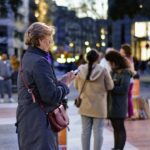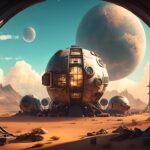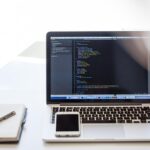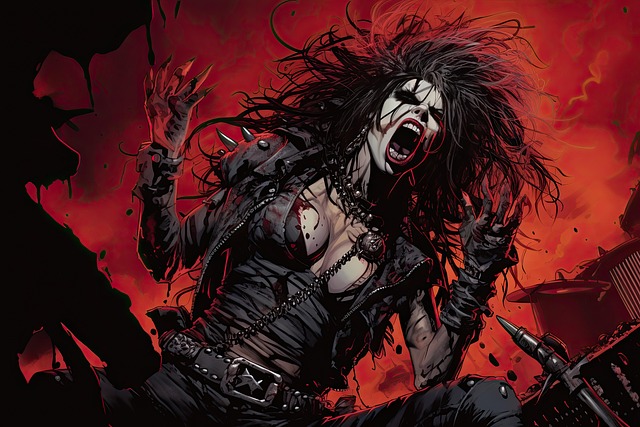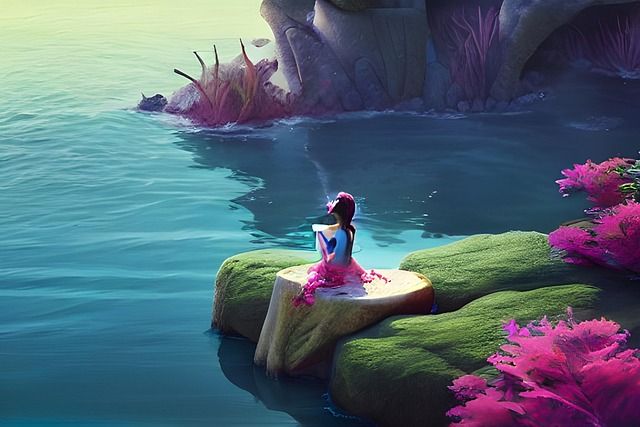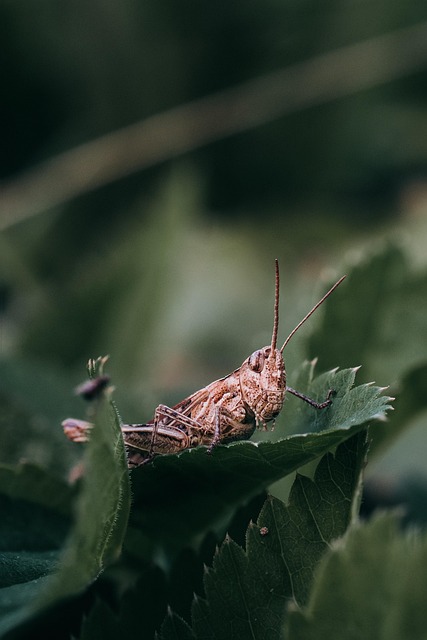# Unlock the Power of AI: Essential Tools Elevating Artistic Endeavors for Modern Creators
In recent years, artificial intelligence (AI) has emerged as a transformative force in the creative landscape, reshaping how artists and designers approach their work. With the advent of powerful AI tools, creators can now explore new avenues for expression, streamline their processes, and push the boundaries of what is possible in visual and digital art. In this article, we will delve into some of the most prominent AI tools for artists, including DALL·E, Midjourney, Stable Diffusion, Runway ML, and Adobe Firefly, and examine how they are revolutionizing artistic practices.
## The Rise of AI Tools for Artists
AI tools for artists are designed to assist in various aspects of the creative process, from generating stunning visuals to enhancing design workflows. These generative art tools leverage advanced algorithms and machine learning to produce unique artworks, making them invaluable for modern creators. Here are some key AI digital art generators that are making waves in the industry:
### 1. DALL·E
DALL·E, developed by OpenAI, is a groundbreaking AI tool that generates images from textual descriptions. This capability allows artists to visualize concepts that may not yet exist, making it an invaluable resource for brainstorming and ideation.
– **Key Features:**
– Text-to-image generation
– Ability to create variations of images
– High-resolution outputs
**Example:** Graphic designer and illustrator Sarah Zhang used DALL·E to create a series of surreal landscapes for her portfolio. By inputting imaginative prompts like “a castle made of clouds,” she was able to generate unique visuals that inspired her hand-drawn illustrations.
### 2. Midjourney
Midjourney is another AI-powered platform that focuses on generating high-quality images based on user prompts. It is particularly popular in the realm of concept art and character design, allowing artists to quickly explore multiple iterations of their ideas.
– **Key Features:**
– Community-driven platform with a focus on collaboration
– Customizable settings for style and composition
– Fast image generation
**Example:** Concept artist James Lee utilized Midjourney to develop character designs for an upcoming video game project. By experimenting with different prompts, he was able to produce a variety of character concepts in a fraction of the time it would have taken to sketch manually.
### 3. Stable Diffusion
Stable Diffusion is an open-source AI model that excels at generating high-quality images from text prompts. Its flexibility and accessibility make it a favorite among artists looking to experiment with generative art.
– **Key Features:**
– Open-source nature allows for customization and experimentation
– High-resolution outputs suitable for print
– Community support and extensive resources
**Example:** Digital artist Emily Tran has embraced Stable Diffusion to create intricate illustrations for her graphic novels. By tweaking parameters and exploring different styles, she has been able to produce visually stunning pages that resonate with her audience.
### 4. Runway ML
Runway ML is a versatile platform that combines AI with creative tools for video and image editing. It offers a suite of features that empower artists to enhance their projects with machine learning capabilities.
– **Key Features:**
– Video generation and editing tools
– Real-time collaboration features
– Integration with popular design software
**Example:** Filmmaker Alex Rivera used Runway ML to generate background visuals for a short film. By leveraging AI to create dynamic environments, he was able to focus on storytelling while enhancing the overall aesthetic of his project.
### 5. Adobe Firefly
Adobe Firefly is a generative AI tool integrated into Adobe Creative Cloud applications. It provides artists with the ability to create unique designs, illustrations, and graphics using AI-assisted features.
– **Key Features:**
– Seamless integration with Adobe products
– AI-generated content suggestions
– Customizable templates for quick design
**Example:** Graphic designer Mia Kim incorporated Adobe Firefly into her workflow to streamline her branding projects. By utilizing AI-generated suggestions, she was able to produce cohesive design elements that aligned with her clients’ visions while saving time.
## How AI Tools Are Transforming Creative Workflows
The integration of AI in artistic practices is not just about generating images; it is fundamentally changing how artists approach their work. Here are some ways these tools are reshaping creative workflows:
– **Enhanced Creativity:** AI tools provide artists with a springboard for ideas, allowing them to explore unconventional concepts and styles that might not have been possible through traditional methods.
– **Time Efficiency:** By automating repetitive tasks and generating initial drafts, artists can focus on refining their work, ultimately leading to faster project completion.
– **Collaboration Opportunities:** Many AI tools foster community engagement, enabling artists to share their creations, receive feedback, and collaborate on projects, creating a more interconnected creative ecosystem.
– **Accessibility:** With open-source tools and user-friendly interfaces, AI art generators are becoming more accessible to artists of all skill levels, democratizing the creative process.
## The Future of AI in Creative Fields
As AI technology continues to evolve, its impact on the creative industry will only grow. The future of AI for creatives looks promising, with advancements in machine learning and neural networks leading to even more sophisticated tools. Here are some potential developments to watch for:
– **Personalized AI Assistants:** Future AI tools may offer personalized assistance tailored to individual artists’ styles and preferences, providing bespoke suggestions and enhancements.
– **Improved Interactivity:** As AI becomes more integrated into interactive media, we may see artists creating immersive experiences that blend traditional art forms with AI-generated content.
– **Ethical Considerations:** As the use of AI in art becomes more widespread, discussions around copyright, ownership, and the ethical implications of AI-generated content will become increasingly important.
## Conclusion
The rise of AI tools for artists is revolutionizing the way we create and experience art. With platforms like DALL·E, Midjourney, Stable Diffusion, Runway ML, and Adobe Firefly, modern creators have access to powerful resources that enhance their artistic endeavors. As we move forward, it’s clear that AI will play an integral role in shaping the future of creative fields, empowering artists to unlock new levels of creativity and innovation. Embracing these generative art tools not only enhances artistic expression but also paves the way for a vibrant, collaborative, and accessible creative landscape.
By harnessing the power of AI, artists can redefine their craft and inspire the next generation of creators.

